Best Time for Siding Service
Choosing the optimal time for siding service can influence the durability and quality of the installation or repair. Weather conditions, temperature, and humidity levels are key factors to consider when scheduling siding work. Proper timing ensures that materials adhere correctly and that the work can be completed efficiently.
Mild temperatures and lower humidity make spring and early summer ideal for siding projects. This period allows for proper installation without weather-related delays.
Late summer and early fall offer stable weather conditions, reducing the risk of moisture issues and ensuring a smooth siding process.
Cold temperatures and snow can hinder siding installation and affect material performance. Scheduling in winter is generally not recommended.
Ideal siding service occurs when temperatures are between 50°F and 85°F, with low humidity to prevent material warping and ensure proper adhesion.
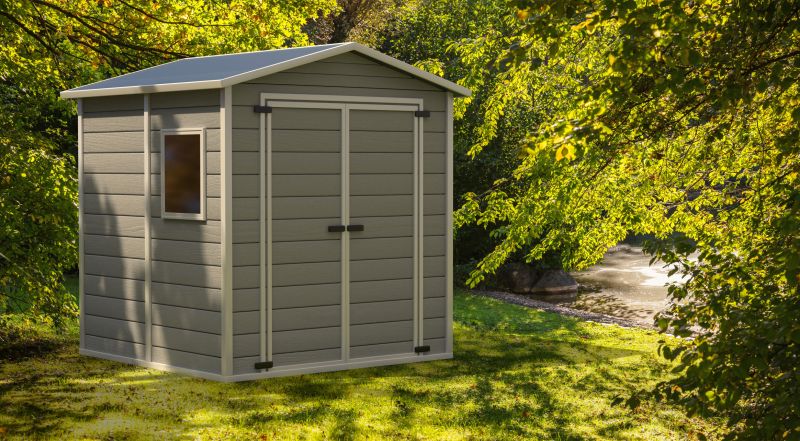
Ways to make Siding Service work in tight or awkward layouts.
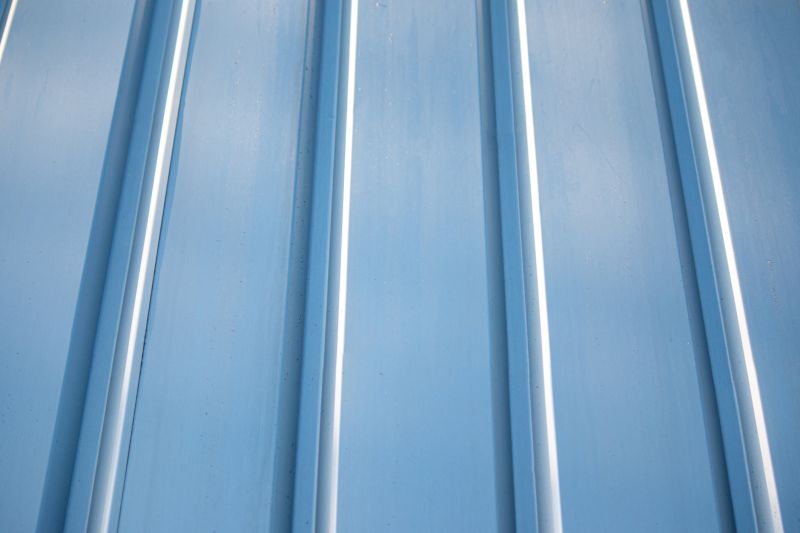
Popular materials for Siding Service and why they hold up over time.

Simple add-ons that improve Siding Service without blowing the budget.
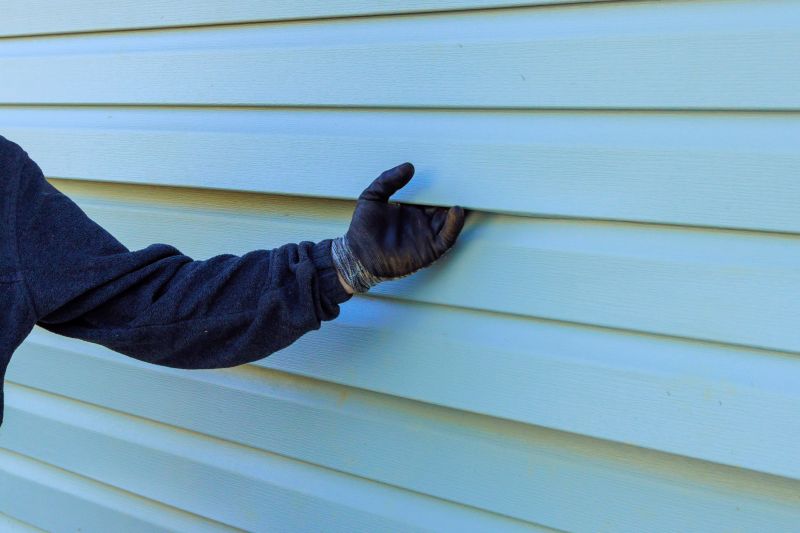
High-end options that actually feel worth it for Siding Service.
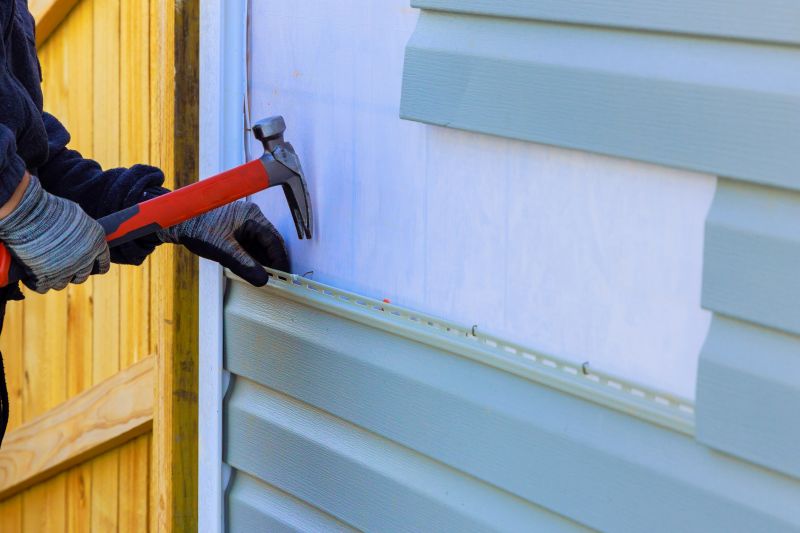
Finishes and colors that play nicely with Siding Service.

Little measurements that prevent headaches on Siding Service day.
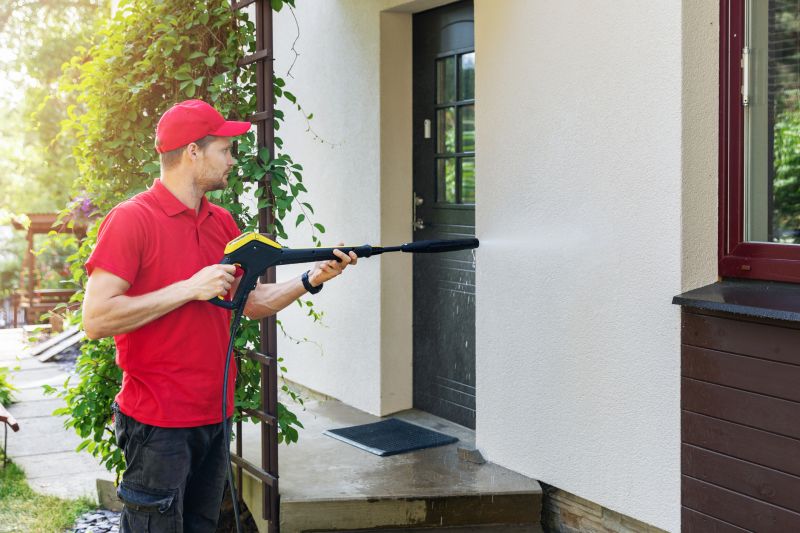
A 60-second routine that keeps Siding Service looking new.

A frequent mistake in Siding Service and how to dodge it.
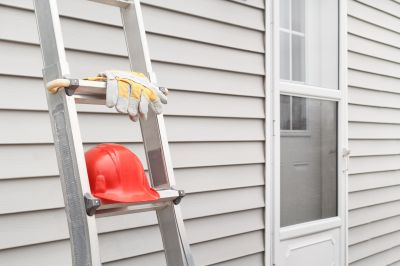
Small tweaks to make Siding Service safer and easier to use.
| Season | Ideal Conditions |
|---|---|
| Spring | Temperatures between 50°F and 70°F, low humidity |
| Summer | Warm weather with temperatures between 70°F and 85°F |
| Fall | Mild temperatures and low humidity, ideal for installation |
| Winter | Cold temperatures and snow, generally not recommended |
Siding service encompasses a range of activities including installation, repair, and maintenance of exterior wall coverings. Proper siding enhances curb appeal and provides protection against weather elements. The choice of siding material and timing of service can impact the longevity and appearance of the exterior. Regular inspections and timely repairs can prevent issues such as moisture intrusion, mold growth, and structural damage.
Statistics indicate that siding repairs and replacements are most frequently performed during spring and summer months, aligning with optimal weather conditions. Properly scheduled siding work can extend the lifespan of the exterior and improve energy efficiency. Selecting the right season for service can also minimize disruptions and ensure high-quality results.

